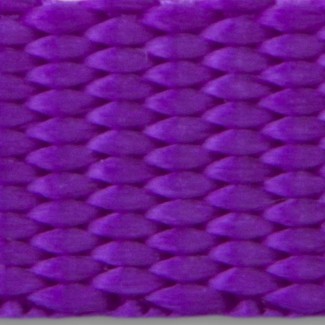- Local: (516) 346-4636
- Toll-Free: (800) 886-6060
- Fax: (516) 346-4366
- Email: kflynn@nationalwebbing.com
Most individuals in the United States use webbing materials almost every day. From seatbelts to fashion and sports gear, there are few places where you cannot find webbing materials. In other words, webbing is defined as a narrow fabric woven together to create a strong woven textile. Webbing is constructed in a wide array of styles and materials and used in industrial and non-industrial applications.
Some of the most common uses of
webbing include:
Webbing materials are a smart choice because they offer proven safety benefits, ease of use, and low risks.
Webbing is weaved together with smaller strands. Once constructed, the final cotton webbing is strong and reliable. There are several weaving methods, but they all use a warp and a weft that are interlaced (the weave). The most common weave types include:
The weaving process used directly alters the technical and aesthetic qualities of the webbing. Weaving styles should be picked based on end-use applications.
Once a material and weaving style is picked, nylon and cotton webbing goes through a finishing process. At this time, webbing is dyed to match colors for application or branding. Specialized finishes are also added to create better characteristics for end usage. Common specialized finishes are:
Finally, webbing materials are printed, cut to size, and shipped. There is an extensive process associated with creating world-class webbing, and so the process is best left to professionals within the field. It would help if you did not wait to give our team a call for the best available nylon and cotton webbing.
Related Reading